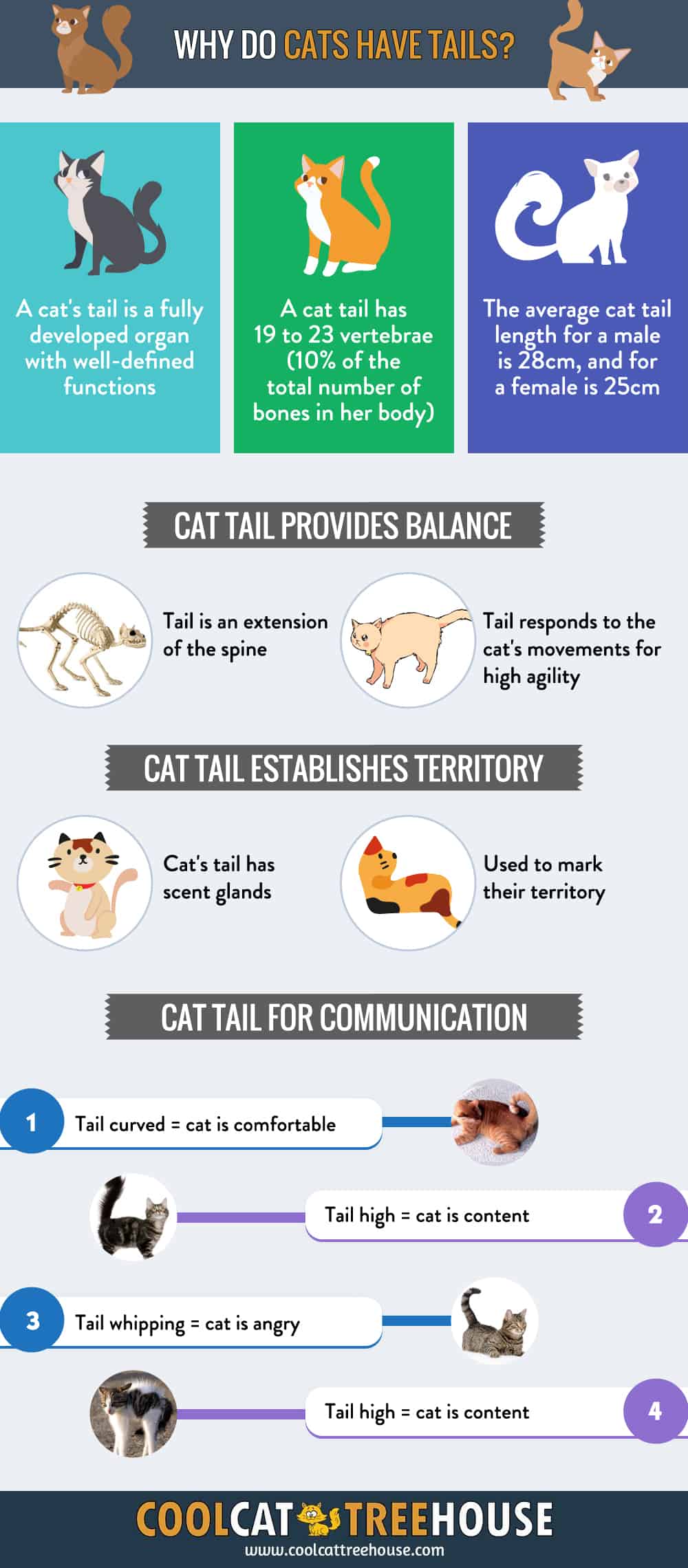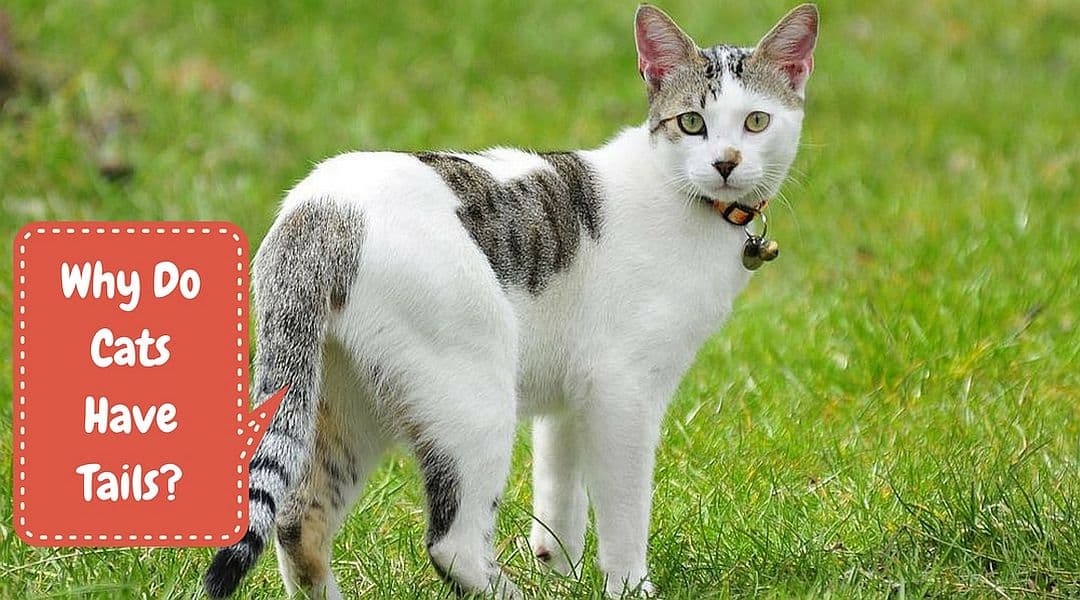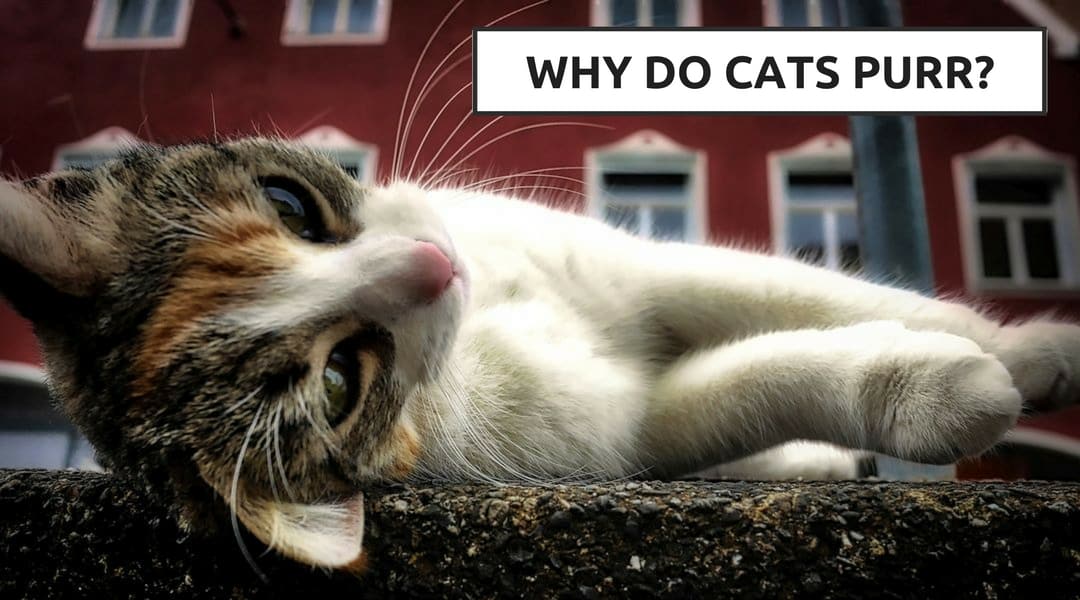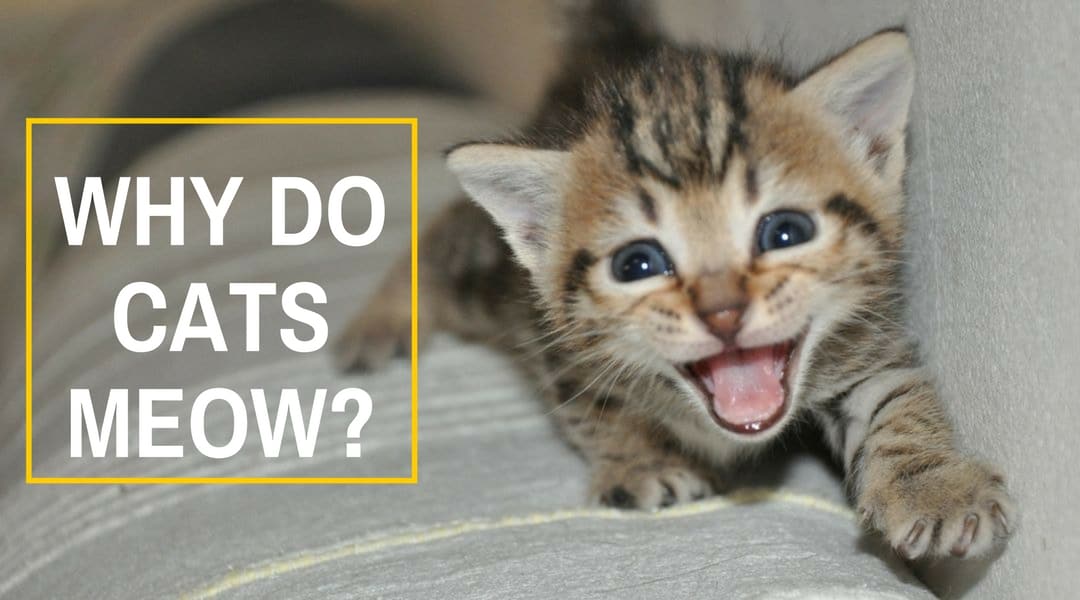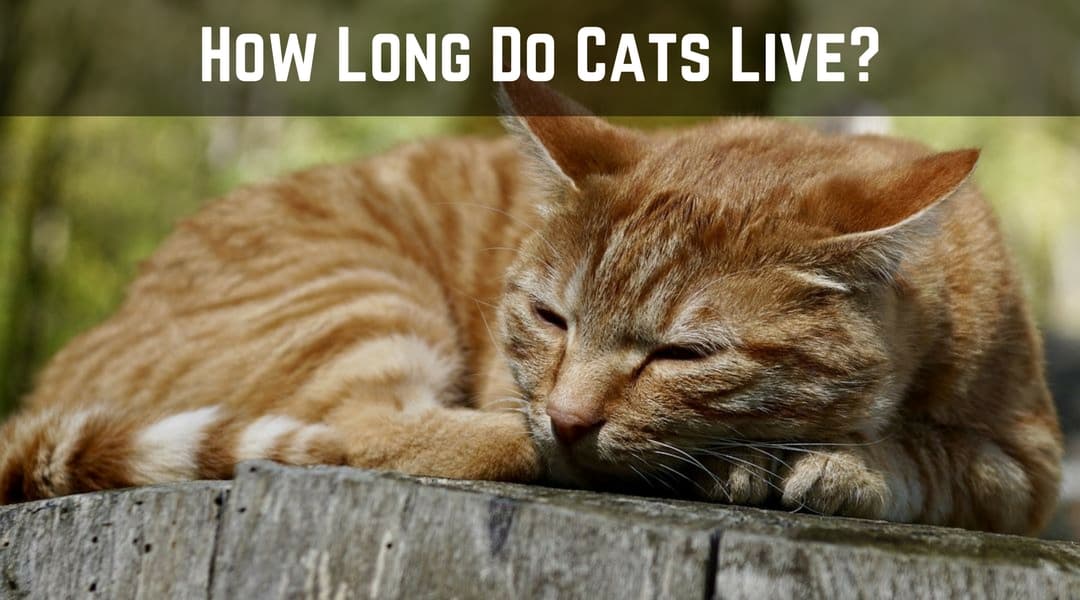Table of Contents
Have you ever wondered why do cats have tails? If yes, that makes two of us. Come to think of it critically; could a cat’s tail be a rudimentary organ-one whose function is undefined? Before we proceed to look at the nitty-gritty details of this topic, you should know that a cat’s tail is a fully developed organ with well-defined functions.
There are several reasons why cats have tails but I will try to focus on the basic ones. You must have noticed that cats land on their tail whenever they jump. You must have also noticed that cats like rubbing their tails against anything they find appealing. And yes, if you were keen enough, you must have noted that they swish their tails whenever they are charging for an attack. These three aspects form the basis for our discussion. Let’s look at the reasons.
A Cat Tail Provides Balance
If you were to jump from the top of a building, which part of your body would you opt to land on? Although the answers might be varied, those who go for feet outweigh the rest. This is because your feet give your body stability and balance. It, therefore, follows that, for a cat to land on its tail, the tail must be the source of its balance. Cats have for a long time portrayed their exemplary body balance.
They can swiftly walk through thin wires, easily climb to the top of the tallest trees, jump from one wall to another at high speed, and effortlessly jump over any obstacle. All this is attributed to their outstanding tail performance. How is that possible? Well, as a cat jumps, their tail responds accordingly by either moving upwards, downwards or sideways depending on the desired direction the cat is supposed to move to.
Being an extension of the spine, a cat’s tail has neurons and enough sensory structures to respond to its movement requirements promptly and without fail. This is what makes the tail a very crucial organ for balancing purposes for the cat.
Cat Tail Establishes Territory
Ever had someone pat you back as a way of welcoming you to their territory? If not, you must have seen this in movies. And what is a cat doing when it is rubbing its tail against you or anything it finds appealing? I tend to think that it must be welcoming this person
Let’s get down to some science. Studies show that a cat’s tail has glands which are used to secrete a given scent whenever they are marking their territory. It is for this reason that you see your cat rubbing its tail against you or anything else they like. In the process, they secrete this scent and mark you as their territory. Any attempt to get rid of this cat becomes like an attempted coup which is strongly unacceptable to them. Once a cat marks any object as their territory, it becomes part of their kingdom.
Cat Tail Used for Communication
Cats also use their tail to communicate.
When you see a cat whose tail is curved in such a way that it forms something like a question mark, the immediate message you are supposed to deduce is that the cat is simply giving you a hug. The implication is, the cat is quite comfortable and plans to stay
On the other hand, when you see a cat whose tail is held high, the message it’s trying to pass across is that it is quite happy and content. Just like you walk with your head high when you are confident the tail being held high means that the cat is in its best mood.
When you see your cut whipping its tail back and forth, you better be careful. This is a gesture that the cat is angry and unhappy about something. And yes, you had better find out what the reason is before it strikes backs.
When you see a cat whose tail is between its legs, it is in fear or submission. However, when the tail is held on one side, this could be interpreted to be a gesture
Cats Without Tails
A cat who has an injury to their tail can have permanent damage. The nerves
A can learn to live without their tail. Though cats do use their tail for balance, the cat will learn to compensate. Manx cats are born without
Why Do Cats Have Tails Summary
This article addressed the question of why do cats have tails. Armed with this information, I believe that you will be able to study your cat and read their tail movements at all times. In so doing, you will be able to foster a strong connection between you and your cat which is quite important to both of you. And yes, with knowledge
References
Why Do Cats Have Tails Infographic
